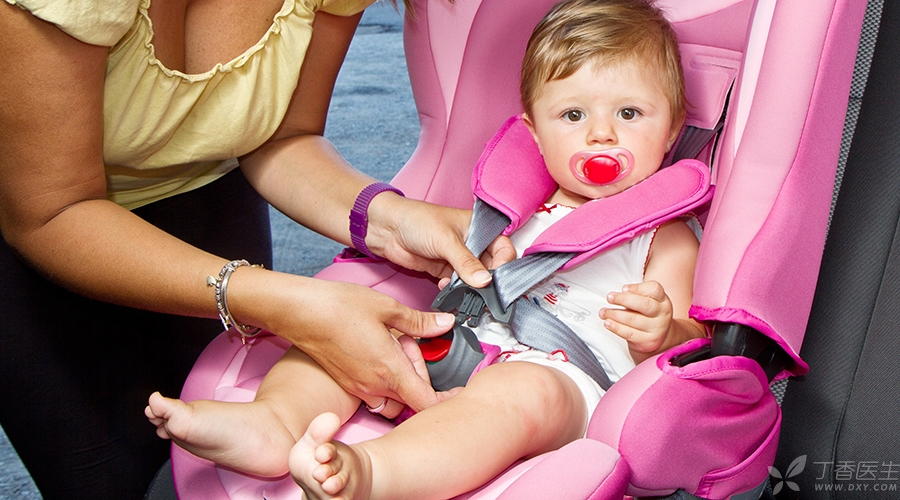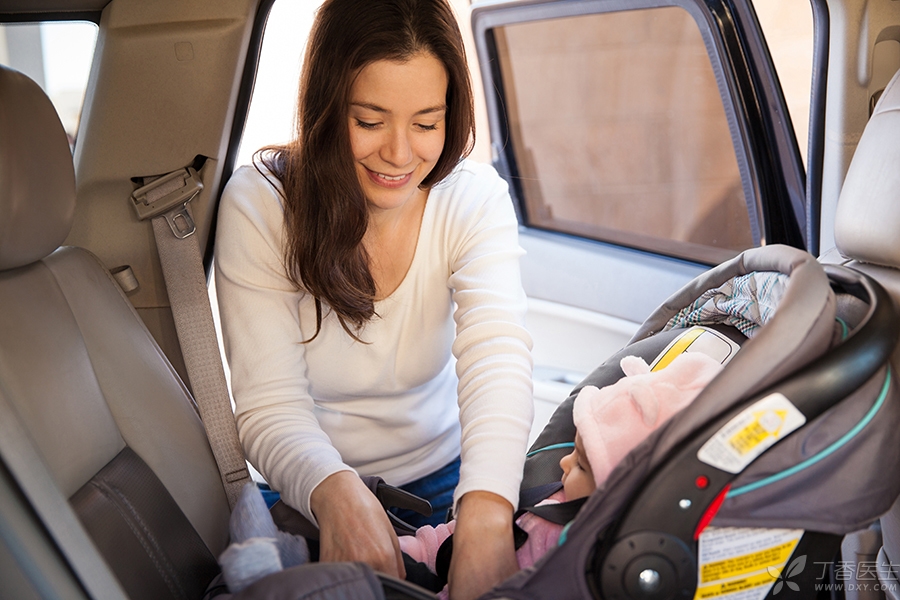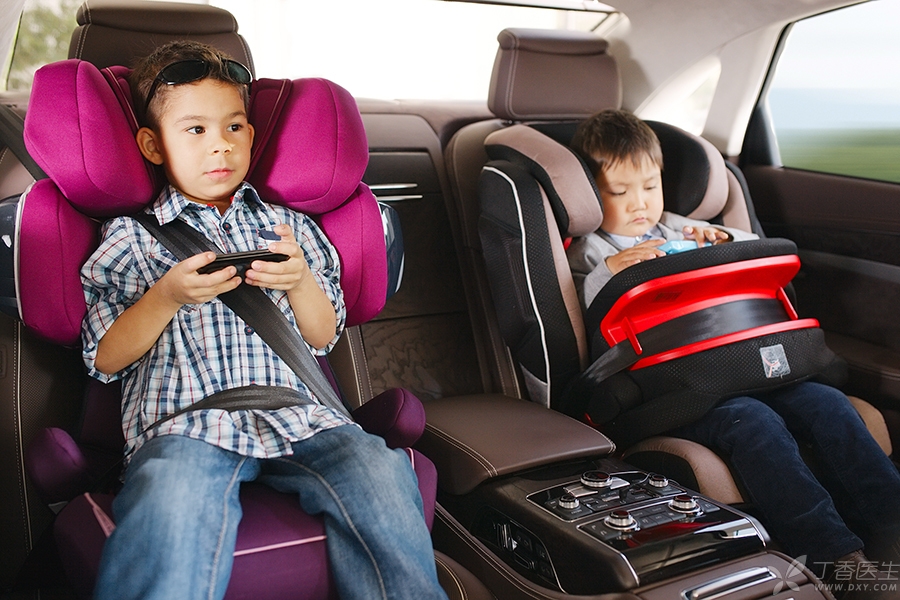
In China, it is really a common scene to hold a child or let the child sit in the co-pilot position.
Some parents feel that it doesn’t matter if they don’t sit in the safety seat because they are so close in the city. It’s good to hold them. Some parents also think that if the child is a little older, they won’t sit on the safety seat honestly. They don’t sit down after buying the child anyway, so they simply don’t buy it.
With children on board, parents may indeed pay attention to speed and driving safety, but they cannot control other cars.
In fact, if a car with a speed of 50 kilometers per hour encounters a head-on collision, the child will instantly generate 30 times his weight of forward momentum, and no adult can hold the child. If an accident can be controlled, it is not an accident.
According to statistics released by People’s Network in 2012, more than 18,500 children aged 0-14 die from traffic accidents every year in China. The mortality rate is 2.5 times that of Europe and 2.6 times that of the United States. Traffic accidents have become the leading cause of death for children under 14.
In fact, developed countries such as Europe, the United States and Japan have already legislated to force parents to install child safety seats, with light ones divided by fines and heavy ones revoking their guardian qualifications. Due to the lack of supporting laws and regulations in our country, the utilization rate of children’s safety desks and chairs in first-tier cities is only 5%.
However, the choice of children’s seats is not static. With the increase of children’s height and weight, different types of safety seats need to be replaced.
How should I choose the safety seat?
Selection of Safety Seats
There are different types of safety seats, which need to be selected according to the child’s age, height and weight.
1. Infant stage (about 0 ~ 3 years old)
You should choose a safety seat that can be installed in the rear direction, such as a basket type safety seat, or a safety seat that can be installed in the forward and reverse directions, and choose to install in the rear direction.
Rear installation means that the direction of the seat is toward the rear and facing the rear vehicle during installation.
From birth to 1 year old, you can choose the newborn basket type safety seat.
Basket-type safety seats are generally suitable for babies under 13 kg. When the baby exceeds the design requirements of basket-type safety seats, it can be replaced by safety seats that can be installed in the forward and reverse directions and can be installed in the backward direction.
1 ~ 3 years old, as long as the baby does not exceed the use range of the rearward installation seat, it should try to choose the rearward use.
The American Academy of Pediatrics (AAP) also recommends that babies under 2 years old must use rearward-facing safety seats.

2. Preschool age (about 4 ~ 7 years old)
A forward-mounted safety seat should be selected and should be equipped with a five-point seat belt or front pillow.
Forward installation means that the direction of the seat is facing the front and the front vehicle.
As long as the child’s body shape can be put into a five-point seat belt or front pillow, a safety seat with a seat belt or pillow should be used.
3. School age (about 8 ~ 12 years old)
Heightened car safety seats (high backrest or no backrest) with [seat belt fixing points] should be selected. If parents buy a combined safety seat, the five-point seat belt/front pillow on the seat can be removed and used.
As the child grows up, he can no longer be put under the five-point seat belt or the front pillow, so he can switch to a heightened safety seat that can fix the seat belt until the child’s body shape can directly match the three-point seat belt on the car.
4. Older children
Generally, after the age of 12, children can be given direct use of the car’s three-point seat belt and try to sit in the back seat. The American Academy of Pediatrics recommends that children under the age of 13 should sit in the back seat of the car.
To sum up, at the beginning, it is necessary to use the one that can be installed backward, which is beyond the scope of use. Then, it is necessary to install the safety seat with the five-point safety belt or the front pillow forward. When the child cannot put it into the safety belt or pillow, it is necessary to add the safety seat. When the child is older, it is possible to directly use the safety belt of the car.

Precautions for Purchase and Use
1. Try not to buy second-hand safety seats
Safety seats cannot continue to be used after experiencing accidents. It is difficult to judge whether accidents have occurred before for second-hand safety seats, so it is not recommended to purchase second-hand safety seats.
2. Try to choose a safety seat with ISOFIX or LATCH interface
There are three fixing methods for safety seats, namely ISOFIX interface fixing, LATCH interface fixing and safety belt fixing.
If the car in the home has ISOFIX or LATCH interface, try to choose the safety seat with ISOFIX or LATCH interface, which is easier to install and can reduce installation errors.
3. Choose a safety seat with three-point fixation
According to the recommendations of the American Academy of Pediatrics, when using a forward-mounted safety seat (excluding a heightened safety seat), the seat must be fixed at the third point with a pull-up strap or a supporting foot to prevent the child seat from turning over.
Step 4 Install correctly
Choose a safety seat that is easy to install, because the more complicated the operation, the easier it is to make mistakes in installation.
After selecting a suitable safety seat, install it according to the installation manual or video. If the installation method is correct, even if the seat is pulled by a large force, the movement distance will not exceed 2.5 cm from front to back, left to right.
During installation, try to install the seat in the middle of the rear seat. For the safety seat installed forward, fasten the top rope or adjust the bracket.
